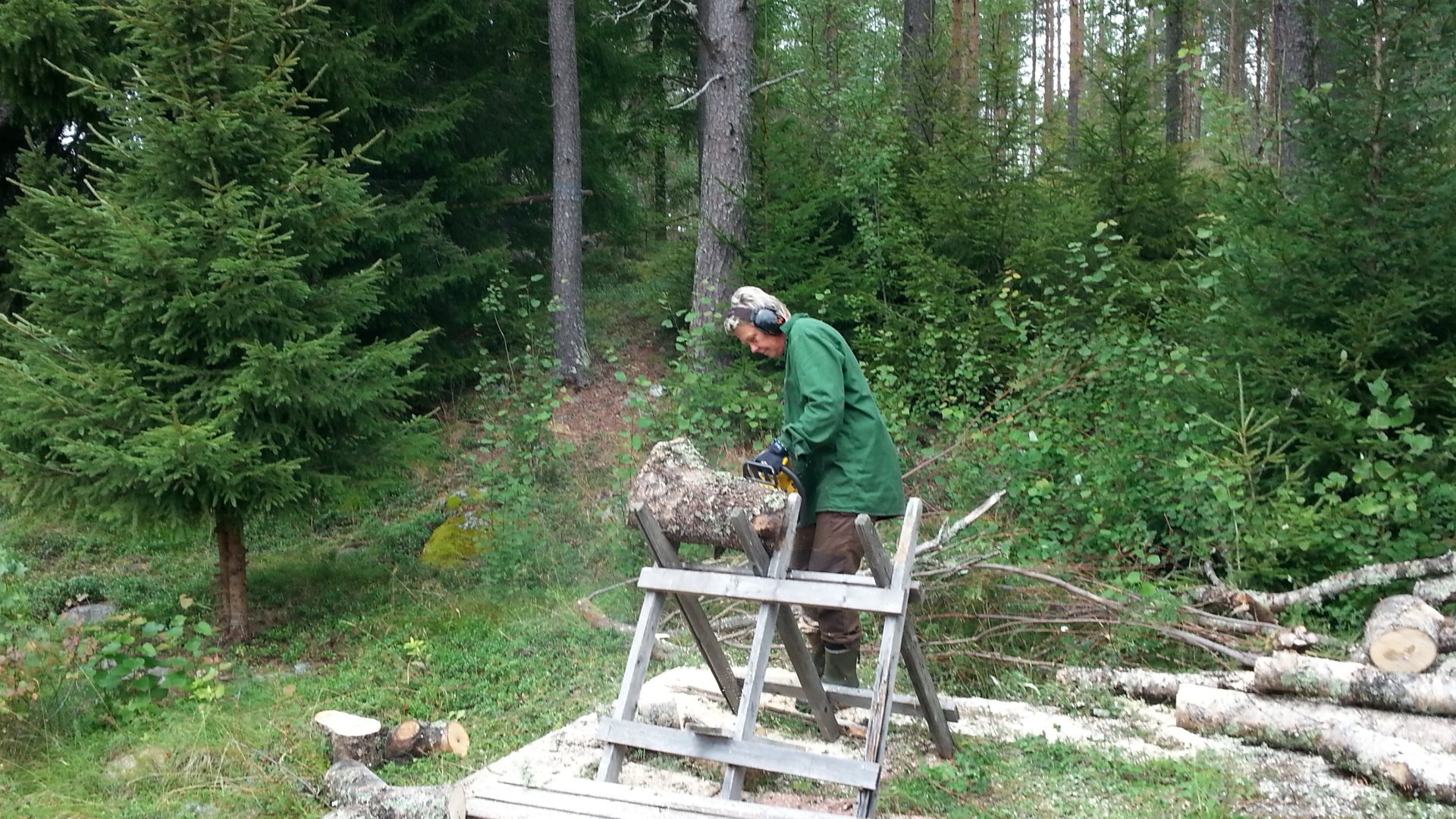Despite a strong environmental legislation in Sweden, environmental interests risk being overridden when rules linked to the mining, forestry and water industries are implemented. This is because different types of special legislation complicate the consistent application of the environmental code.
Swedish environmental legislation places extensive demands on taking into account environment aspects. For example, the precautionary principle means that there may not be an untested environmental or health risk before commencing an activity. And it is the operator’s responsibility to demonstrate that this is the case. There is, however, special legislation for many types of large-scale exploitation of natural resources. And when laws conflict, the special legislation has dominance. In a scientific article, Maria Pettersson (LTU) and Susana Goytia (LTU) describe how such special legislation impacts in different ways the ability to integrate environmental considerations with large-scale use of land, forest and water resources.
Environmental impact assessment once the mine is complete
Obtaining permits for mining is a very complicated process and is strictly regulated by law. First, a permit to prospect and test drill for ore is required, then a permit to mine the ore is required, and finally there must be an approved environmental impact assessment. The reason for this arrangement is that legislators wanted to ensure access to the ore as quickly as possible. Mining projects usually require major investments long before the expected profits begin accumulating. The faster ore rights and the permits for mining are completed, the easier it is for mining companies to attract investors. The environmental impact assessment is so late in the process, when the issue of the mining operation’s relationship with other land use interests has already been determined, that the assessment is limited to regulating the conditions applicable to the mine’s operational activities. In other words, the precautionary principle is applied only when it cannot have any decisive importance.
Conflicting rules about forests
Compared to mining, forestry is not as tightly regulated by law. The use of forests is instead governed by a combination of legislation, recommendations, regulations and two different certification systems. The Forestry Act has two overarching objectives: to promote the diversity of species in forests and to secure a long-term exploitation of forests as a natural resource. These goals were meant to be achieved by strengthening property rights and deregulation, while landowners were expected to gain an increased sense of responsibility for nature. It is up to the landowner to determine whether certain forests are to be saved for the sake of biodiversity or not. Additionally, the Swedish Forest Agency’s guidelines for avoiding and minimising damage from forestry only apply to the extent that they are possible to follow without impeding ongoing land use. This makes the precautionary principle ultimately irrelevant.
Water use is controlled by old permits
Legislation on the use of water as a source of energy is closely linked to the precautionary principle. The status of a watercourse is to be carefully documented prior to exploitation so that changes that pose a threat to safety and the environment can be monitored and countered in time. The problem is that the hydroelectric plants in many of our dammed rivers were issued permits long before modern environmental legislation came into force, and these permits are valid as long as the operations do not change significantly. A review of how old water rights should be reassessed and operations adapted to today’s environmental regulations is ongoing. This change process is slow, however. In the meantime, it is is clear that many of Sweden’s hydroelectric dams have never been assessed in accordance with the precautionary principle.
The laws and regulations that control mining, forestry and water use differ in many ways. Common to them all is that current legislation takes greater consideration of economic and property interests than environmental interests.
FACTS
The article was written and the study completed within the “Mistra Arctic Sustainable Development” project: www.mistraarctic.se.
Pettersson, M. and Goytia, S. (2016) “The role of the precautionary principle and property rights in the governance of natural resources in Sweden”, Nordic Environmental Law Journal, 2016:1, 107-121.

